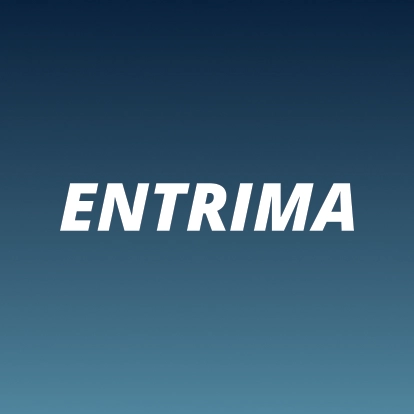To control a trading function, it is important to allocate mandates to the business and its professionals. In other words, to manage traders, organisations provide them with authorisation. Next, firms govern their employees by the implementation of limit structures.
A mandate concerns an official order or commission to do something; it is the authority to carry out a task. A mandates could relate to the allowed trading strategies, geography in scope, permitted products, mandated types of derivative contracts, etcetera.
In the business of trading, next to trading mandates, organisations develop, implement and maintain limit structures. This applies to parties with a trading function, but also to market operators.
A limit structure can be seen as a set of rules, often being described in risk procedures or protocols. Apart from a market participant’s own internal limit structure, trading venues also set position limits, described in their rulebooks. Subsequently, members have to comply with these rules. Limits could even be enforced by legislation.
Limits applied by parties with a trading function include market risk limits, credit limits, position limits, limits for Greek variables and stop-loss limits.
